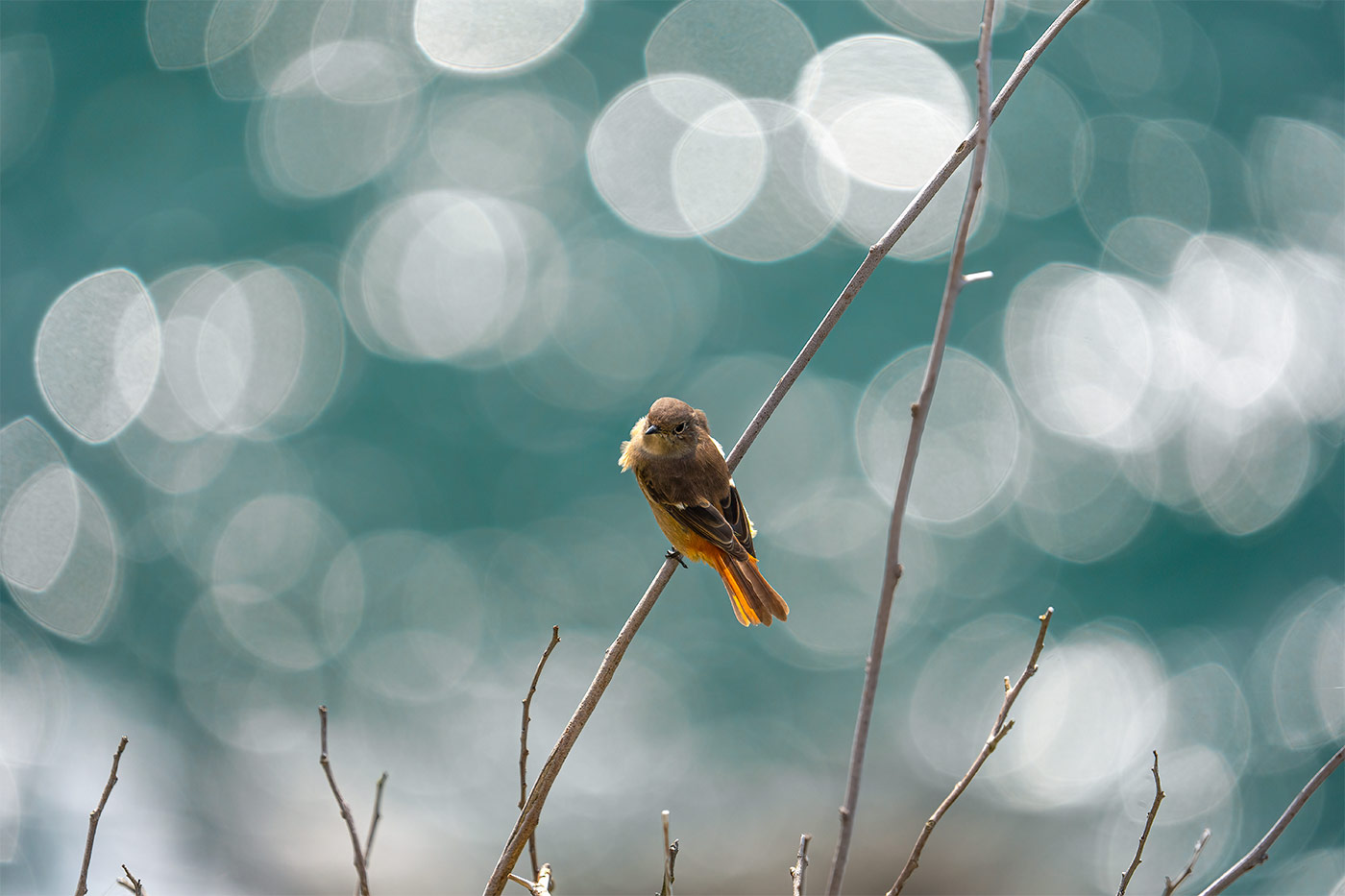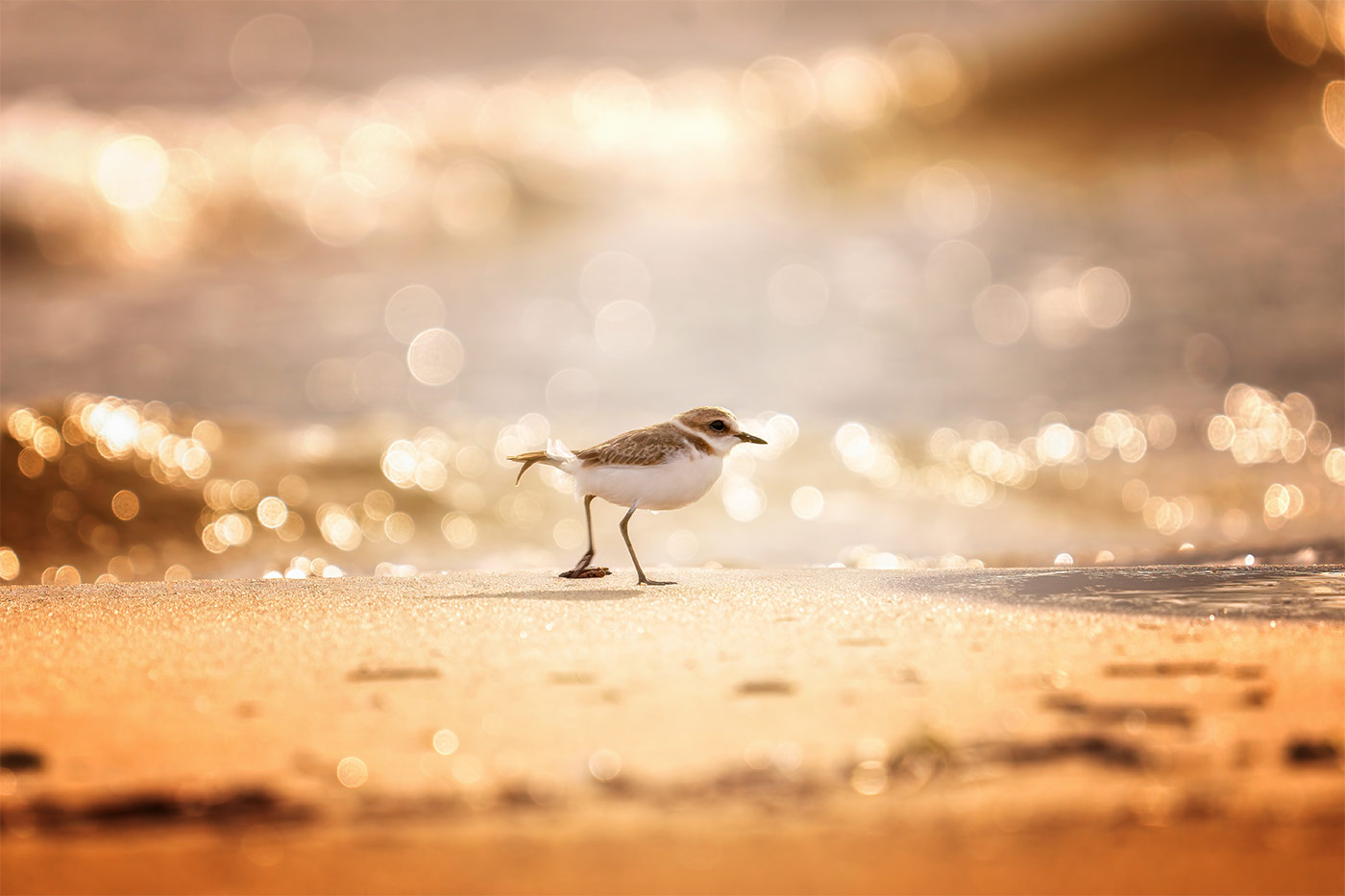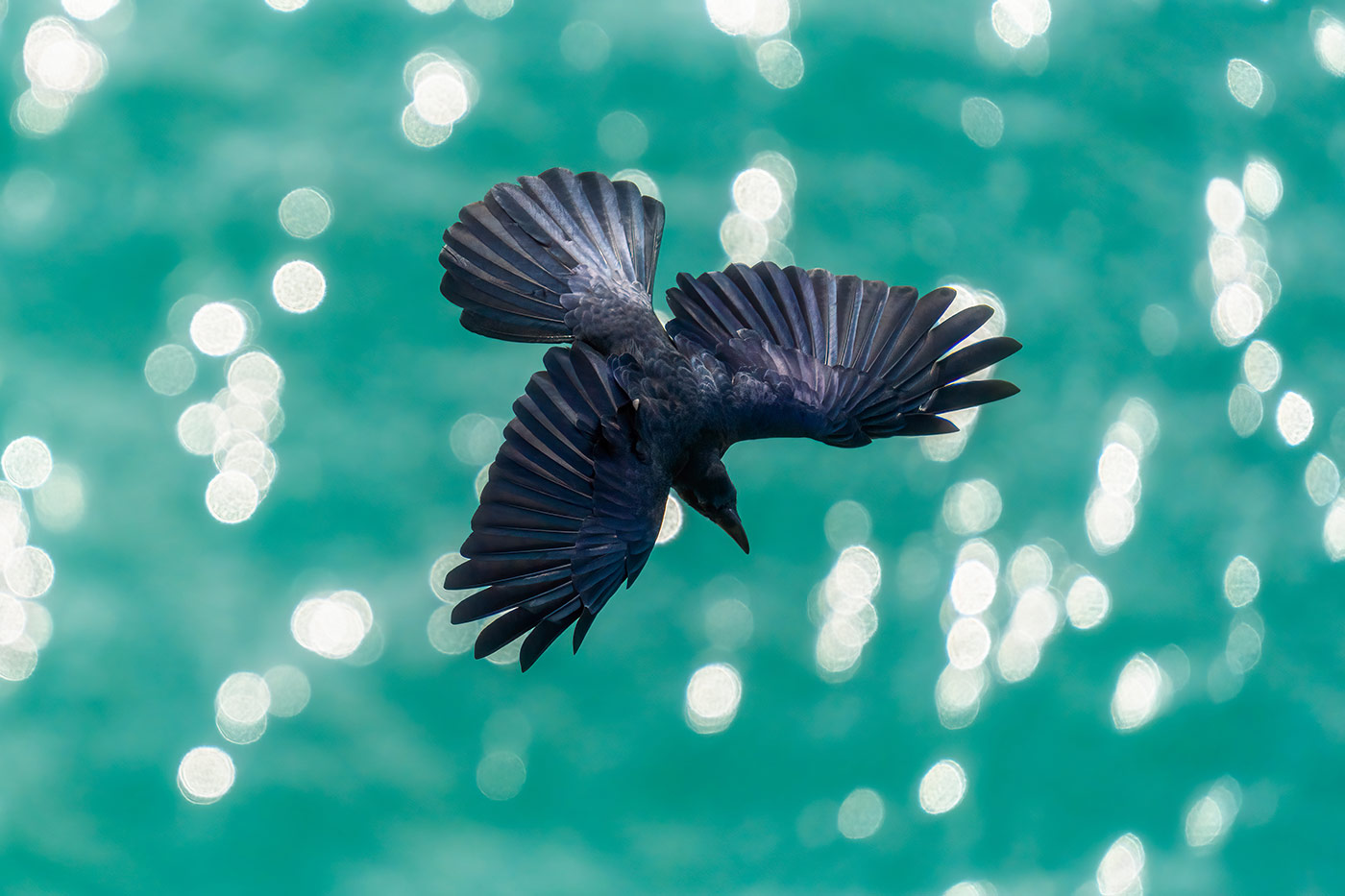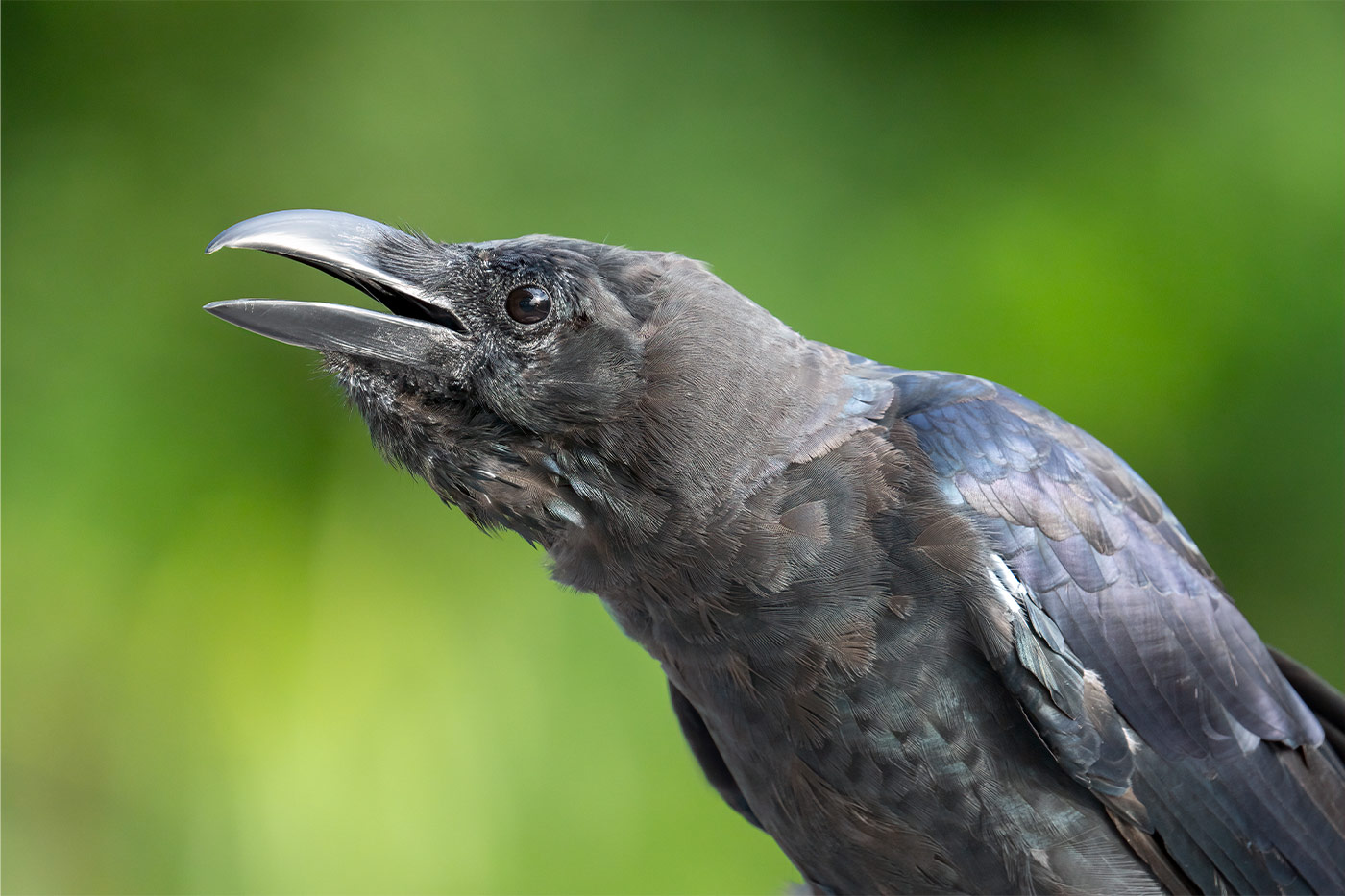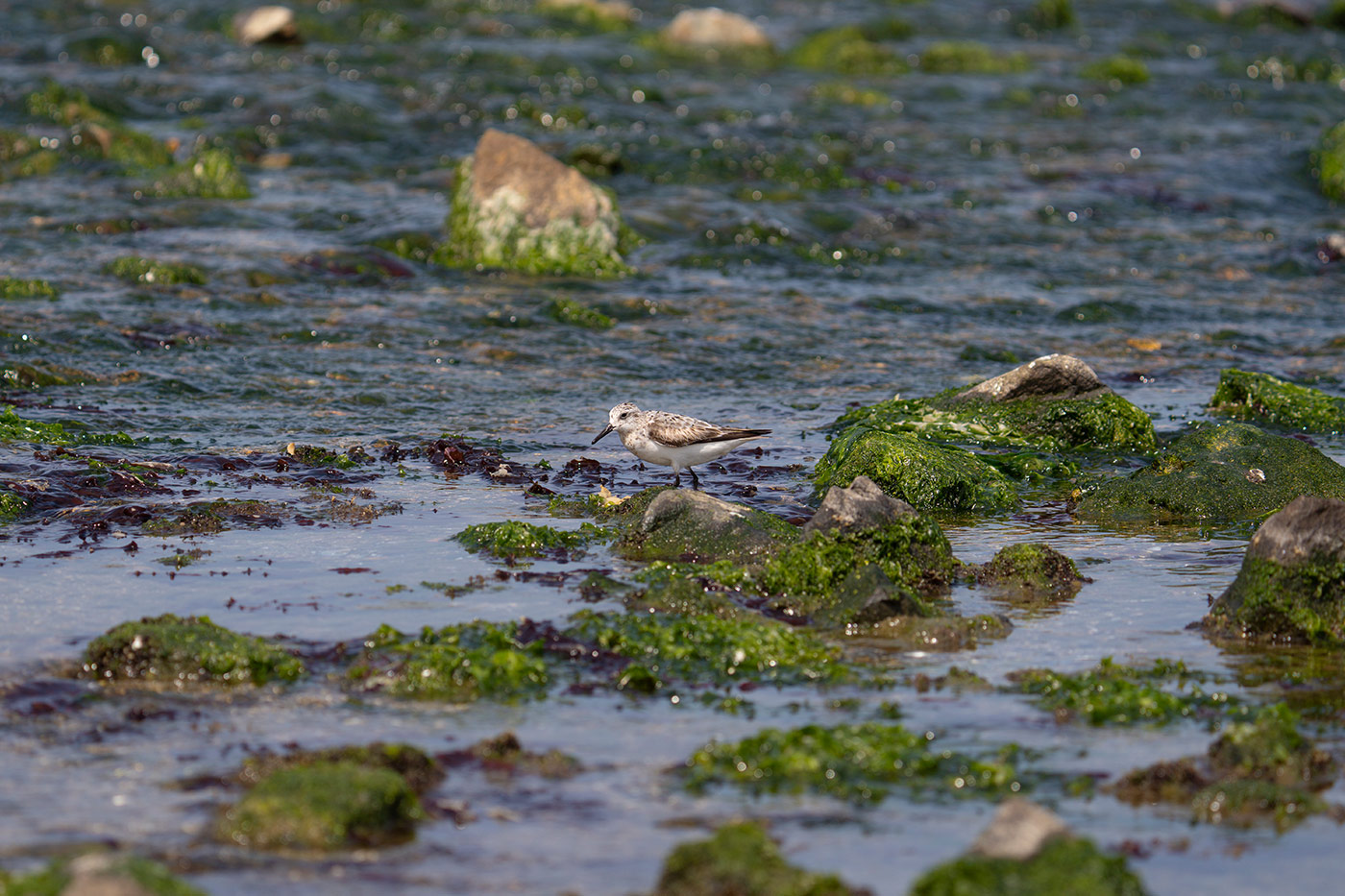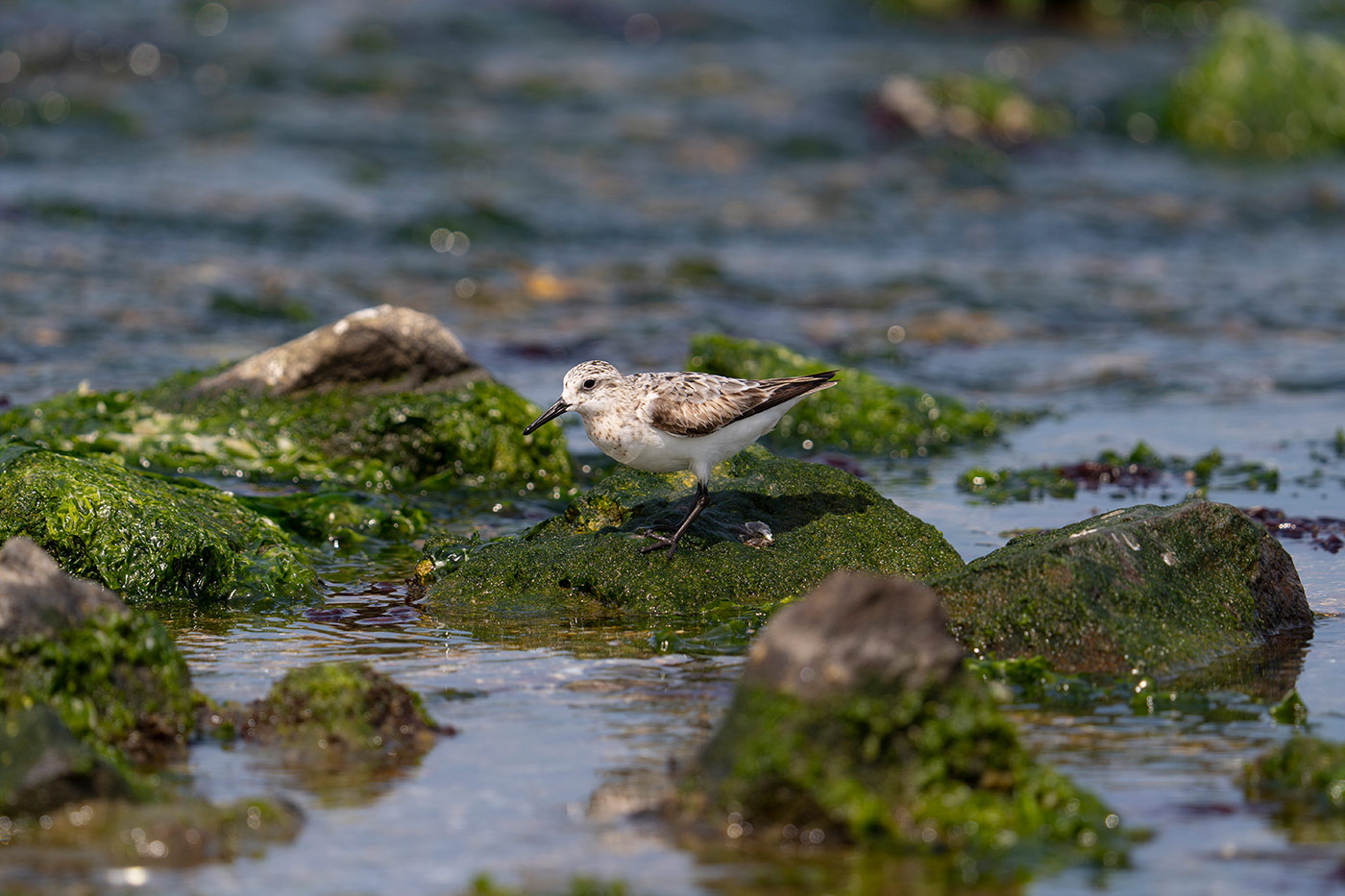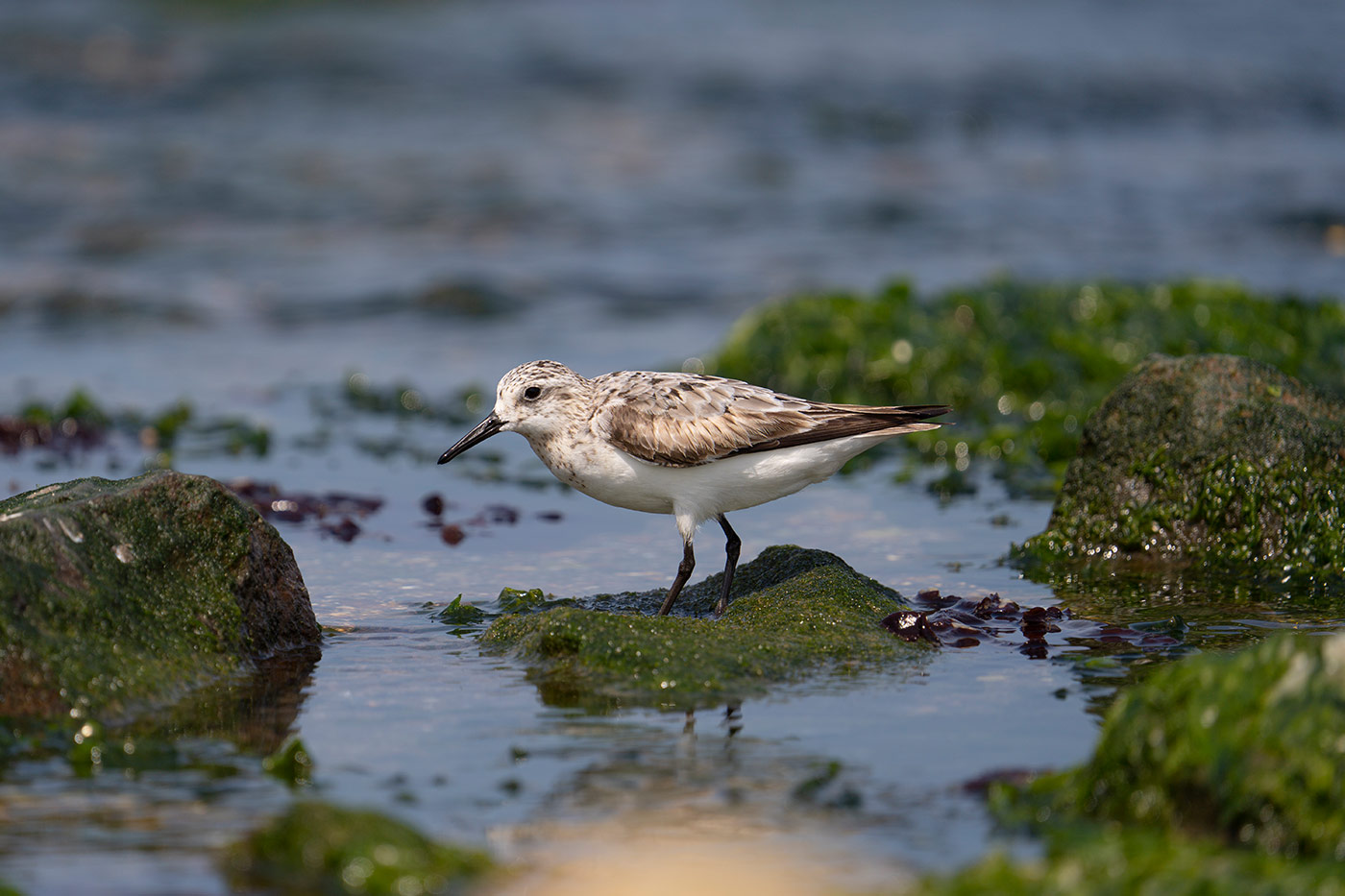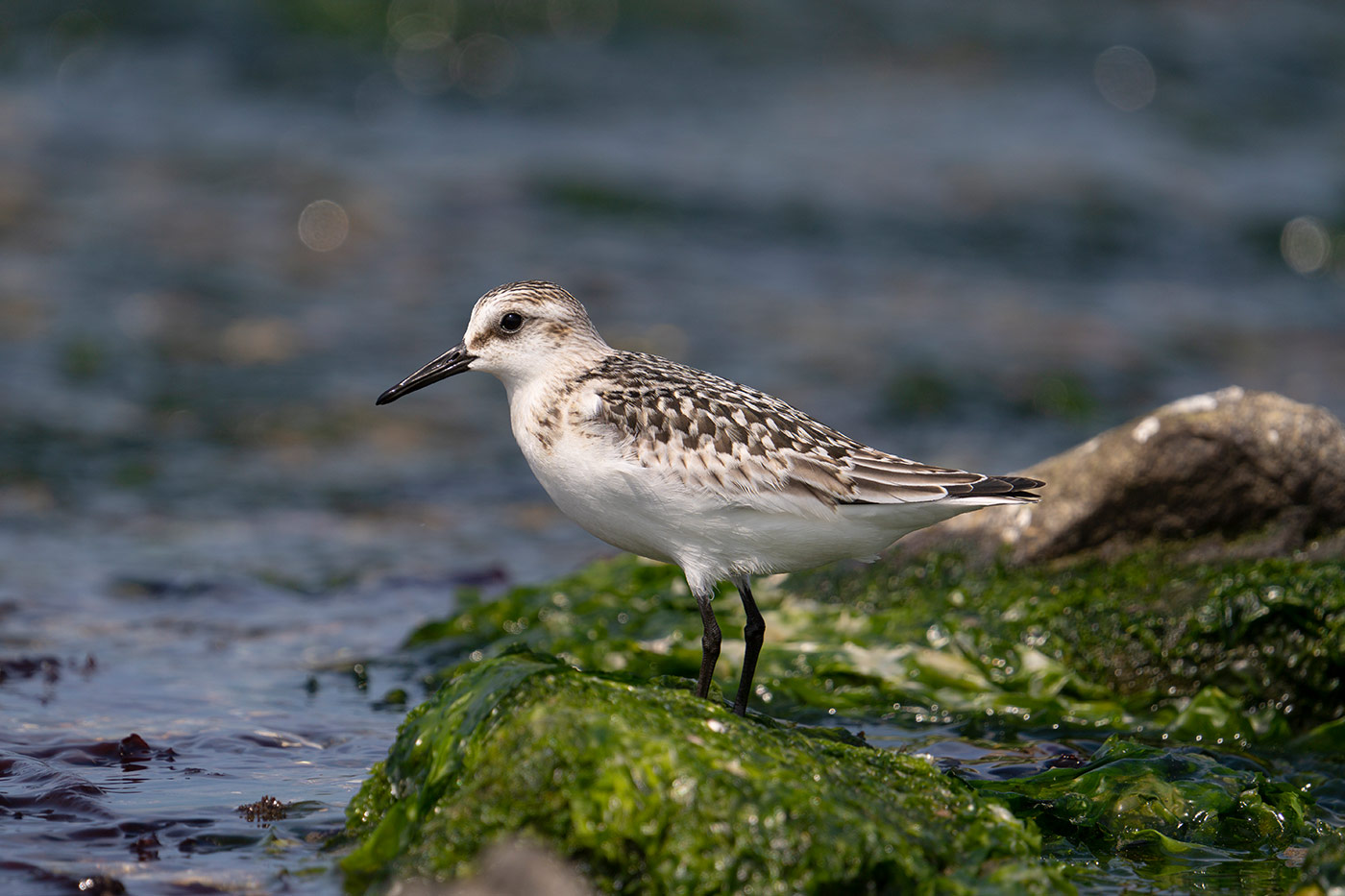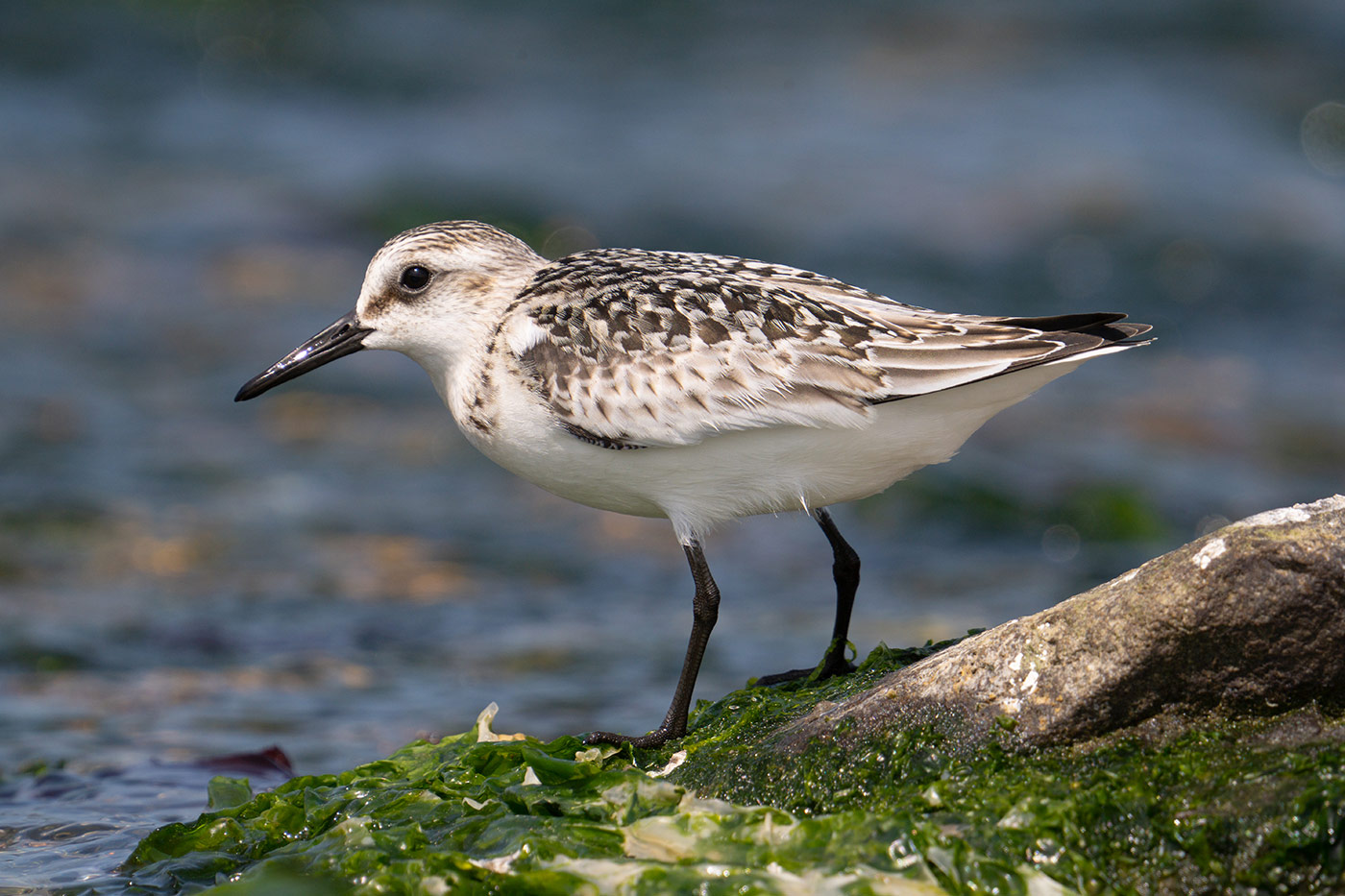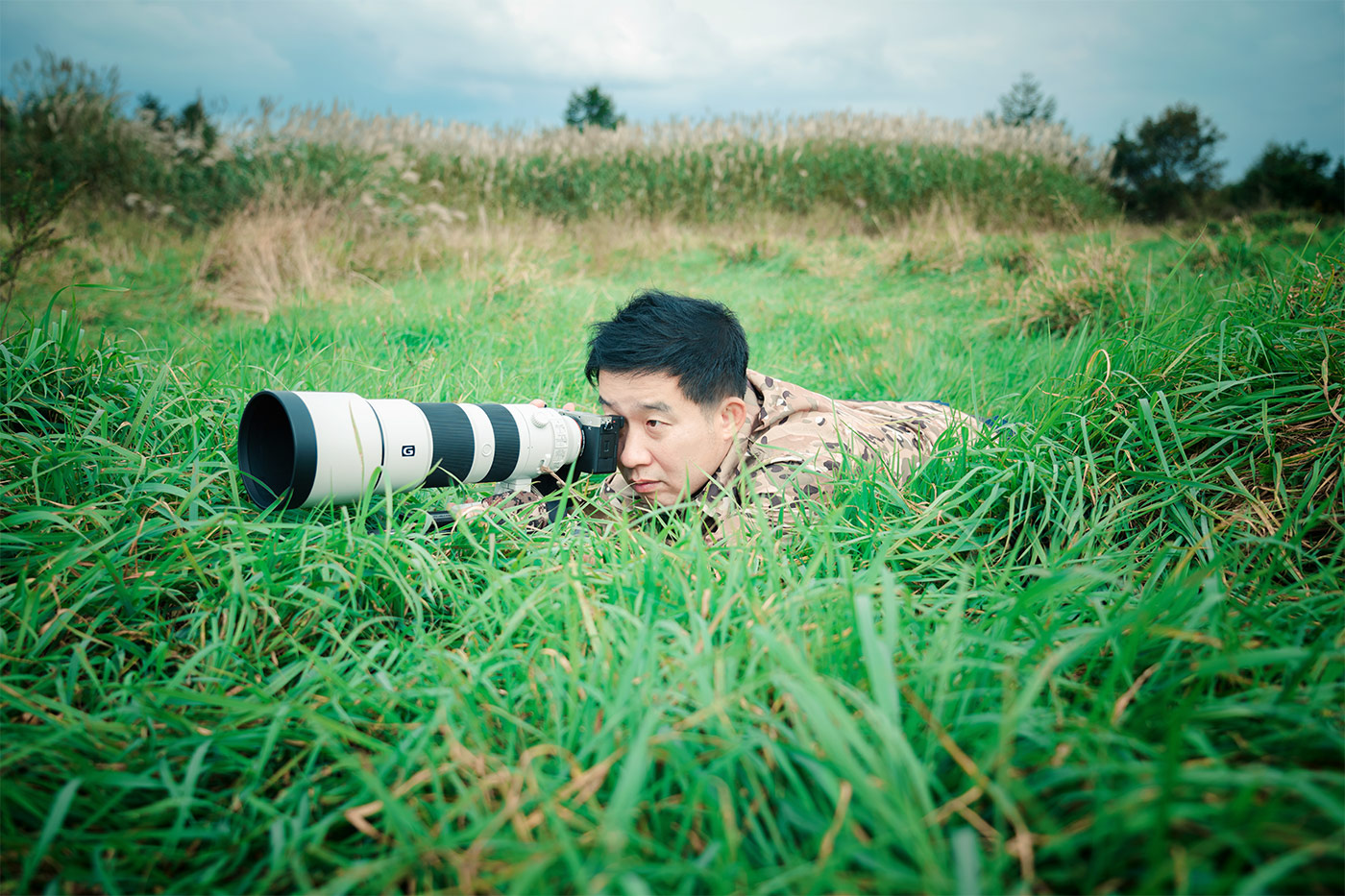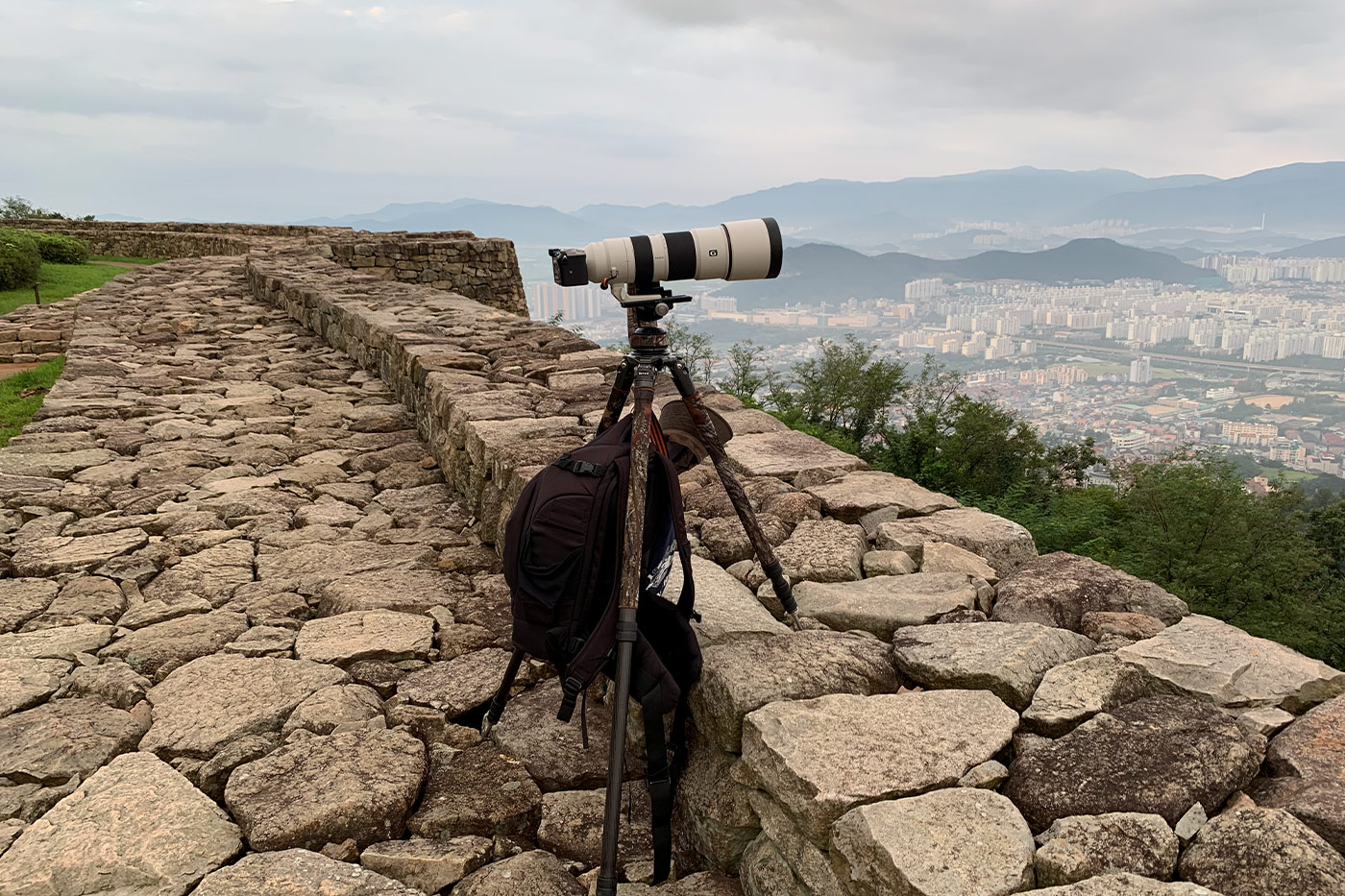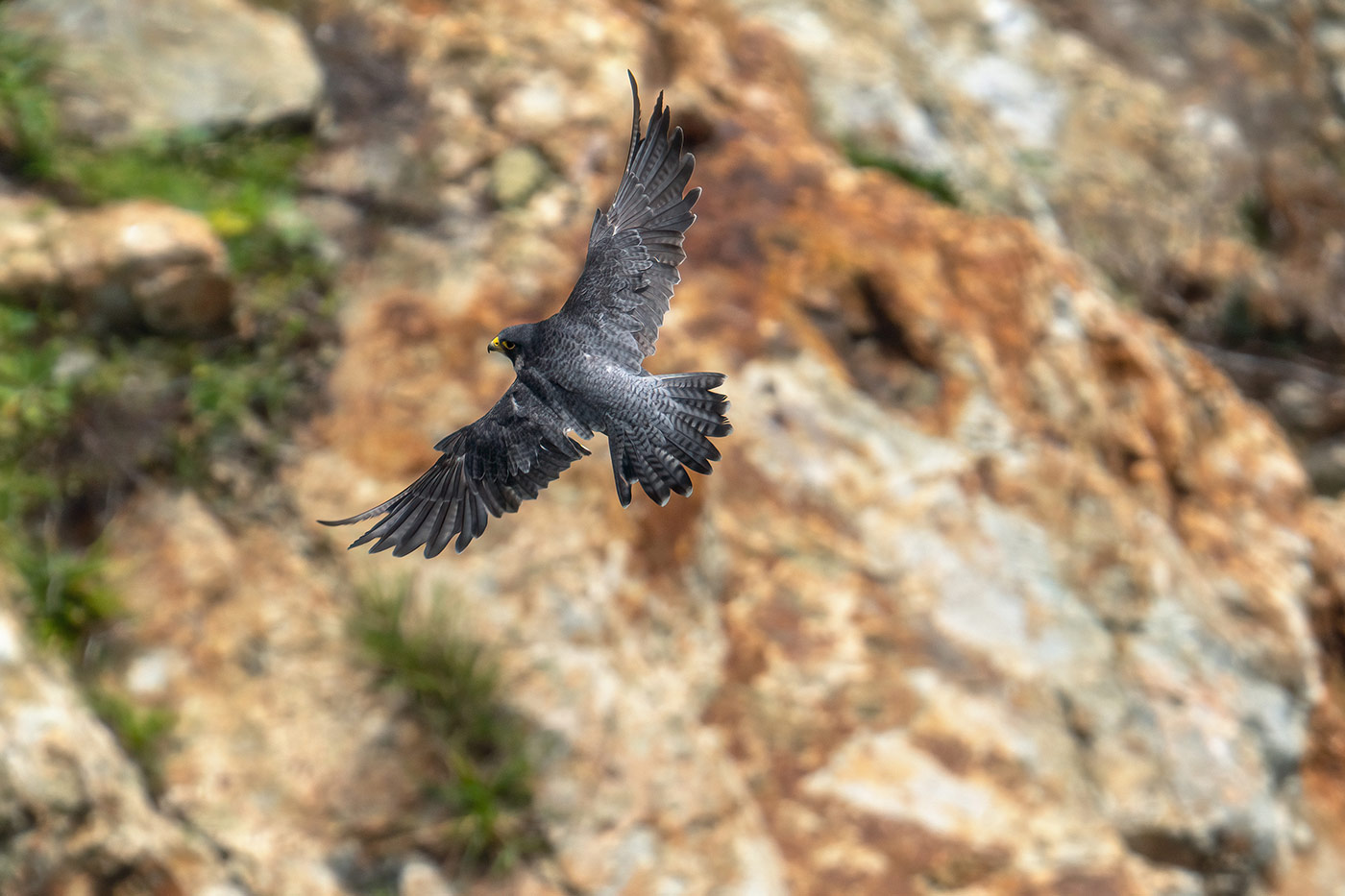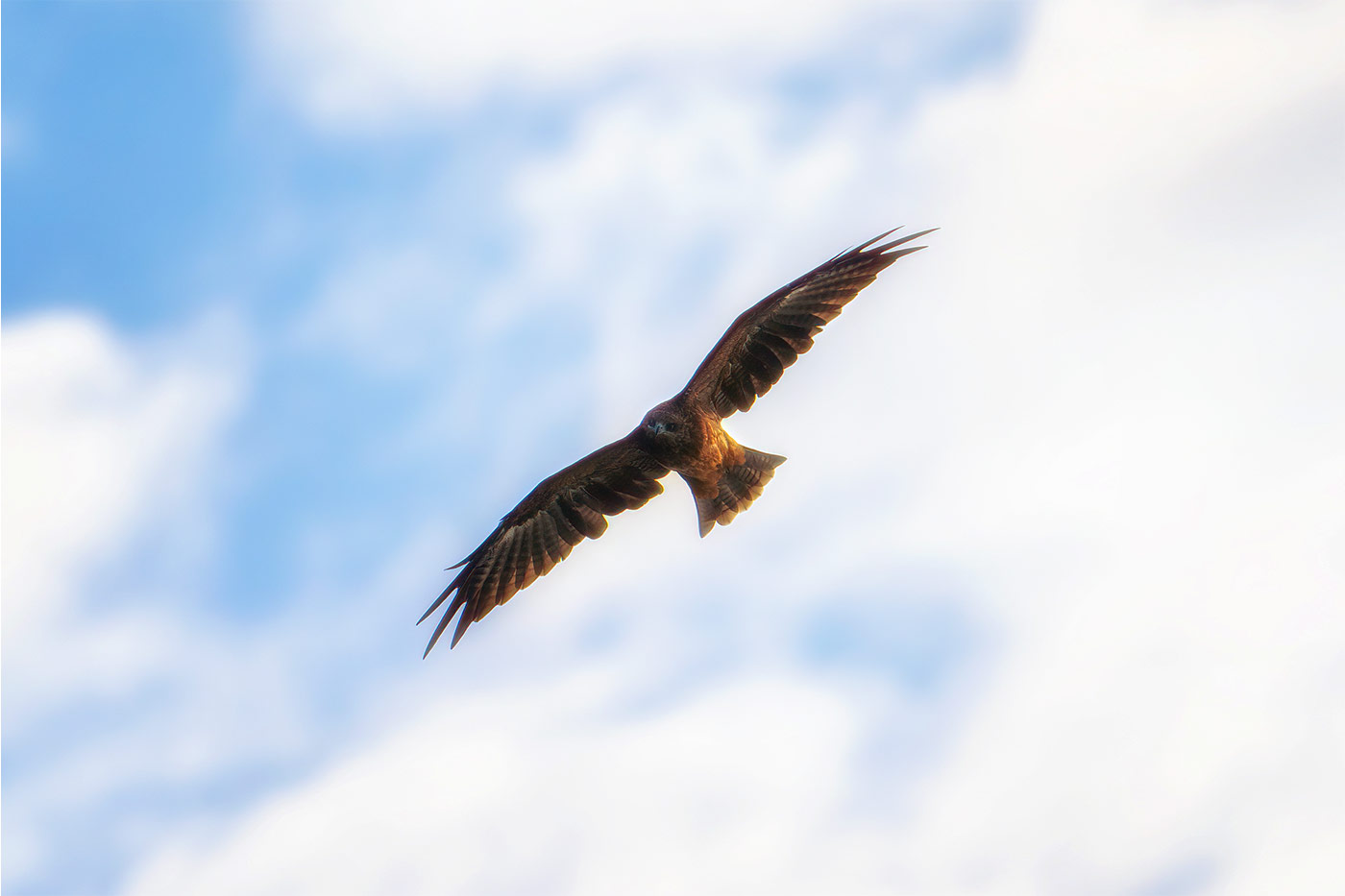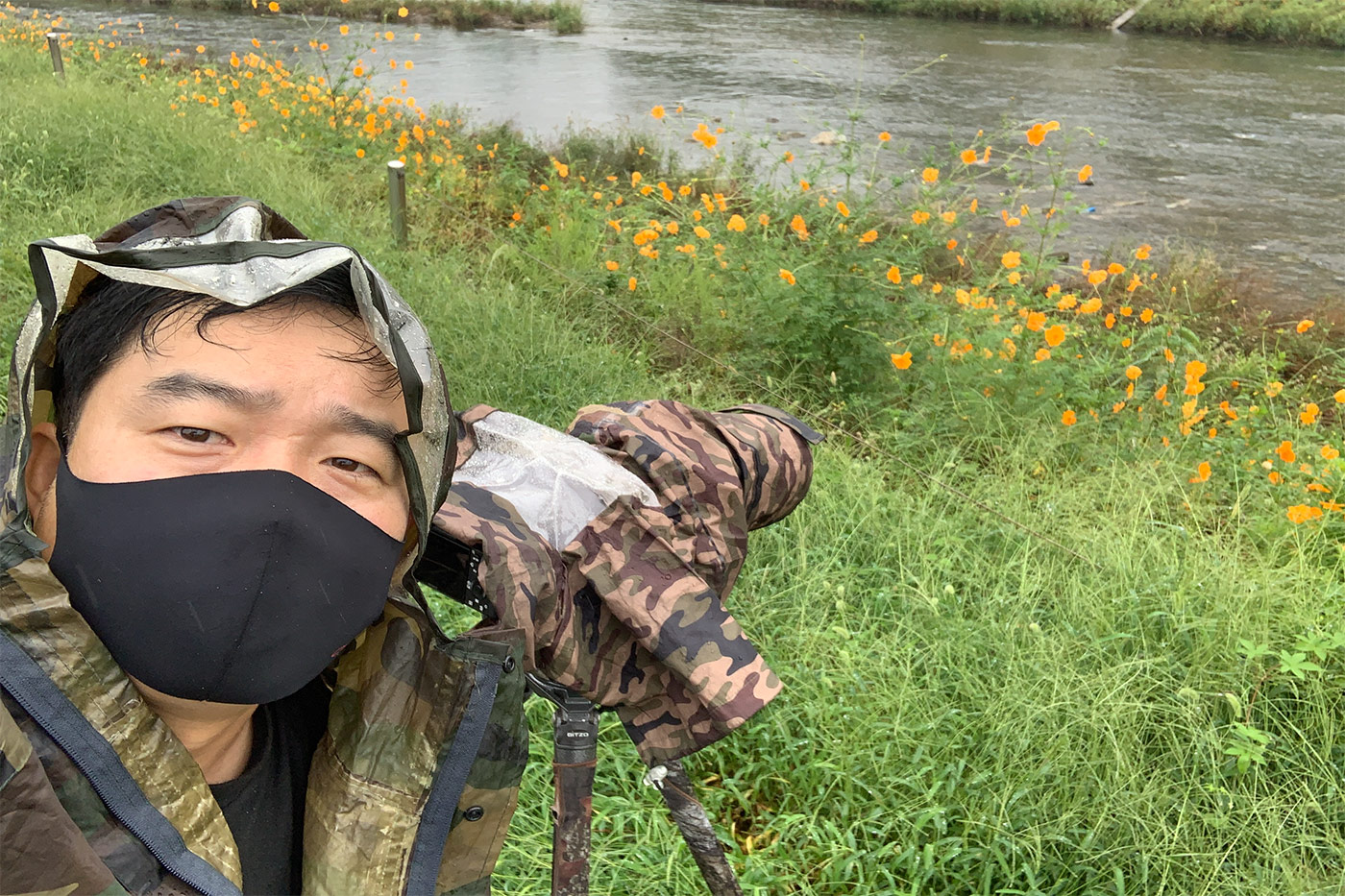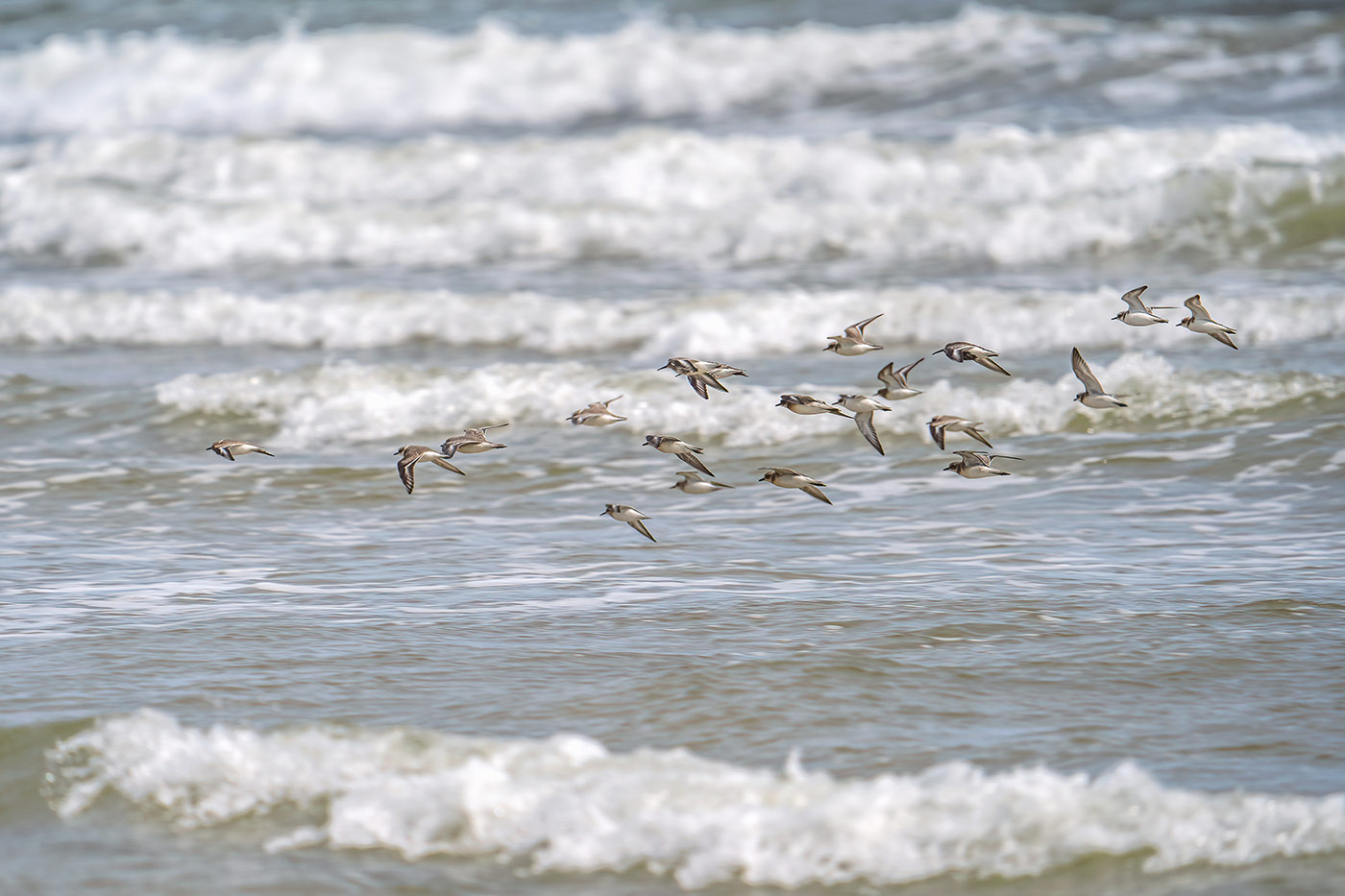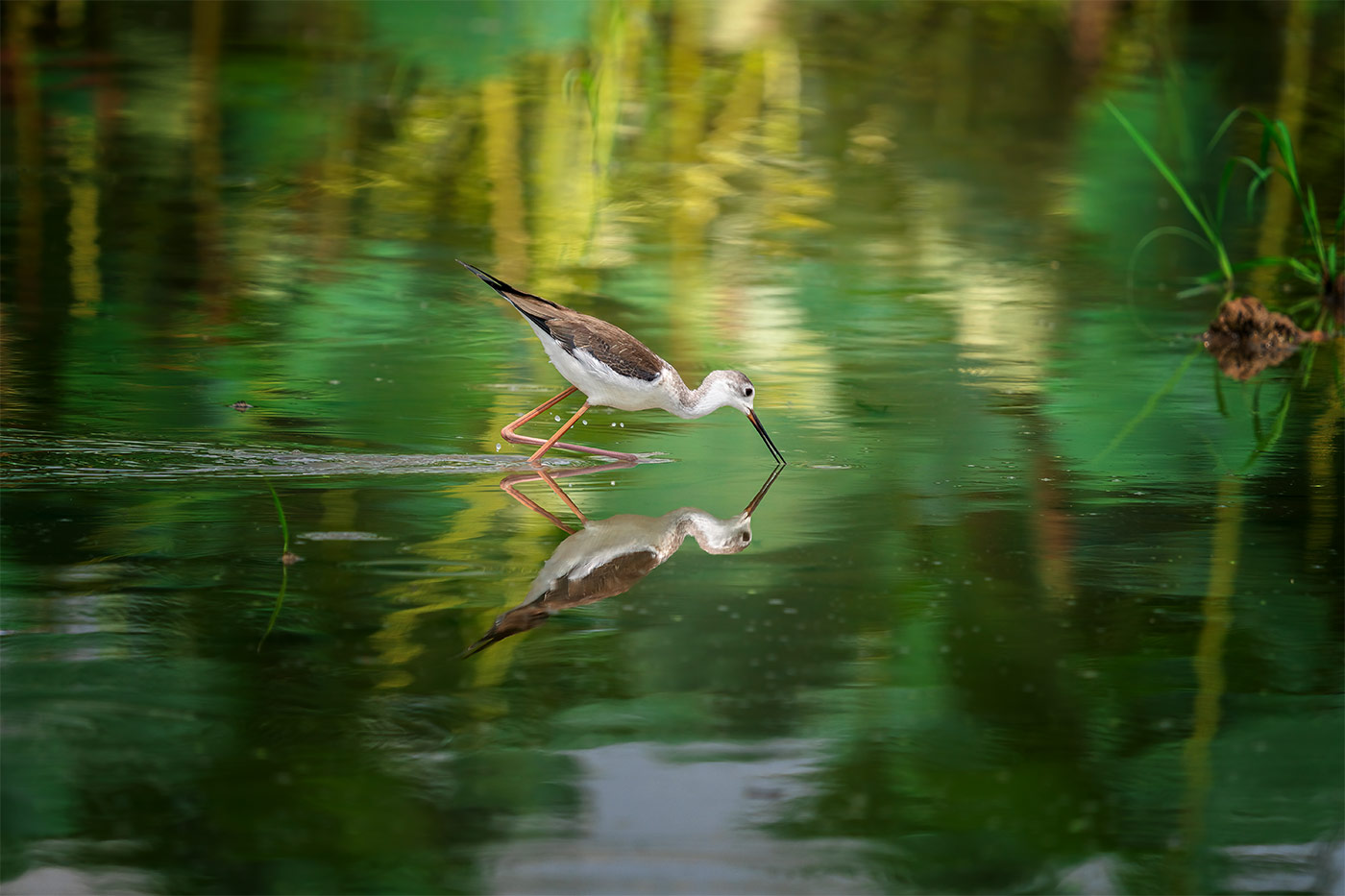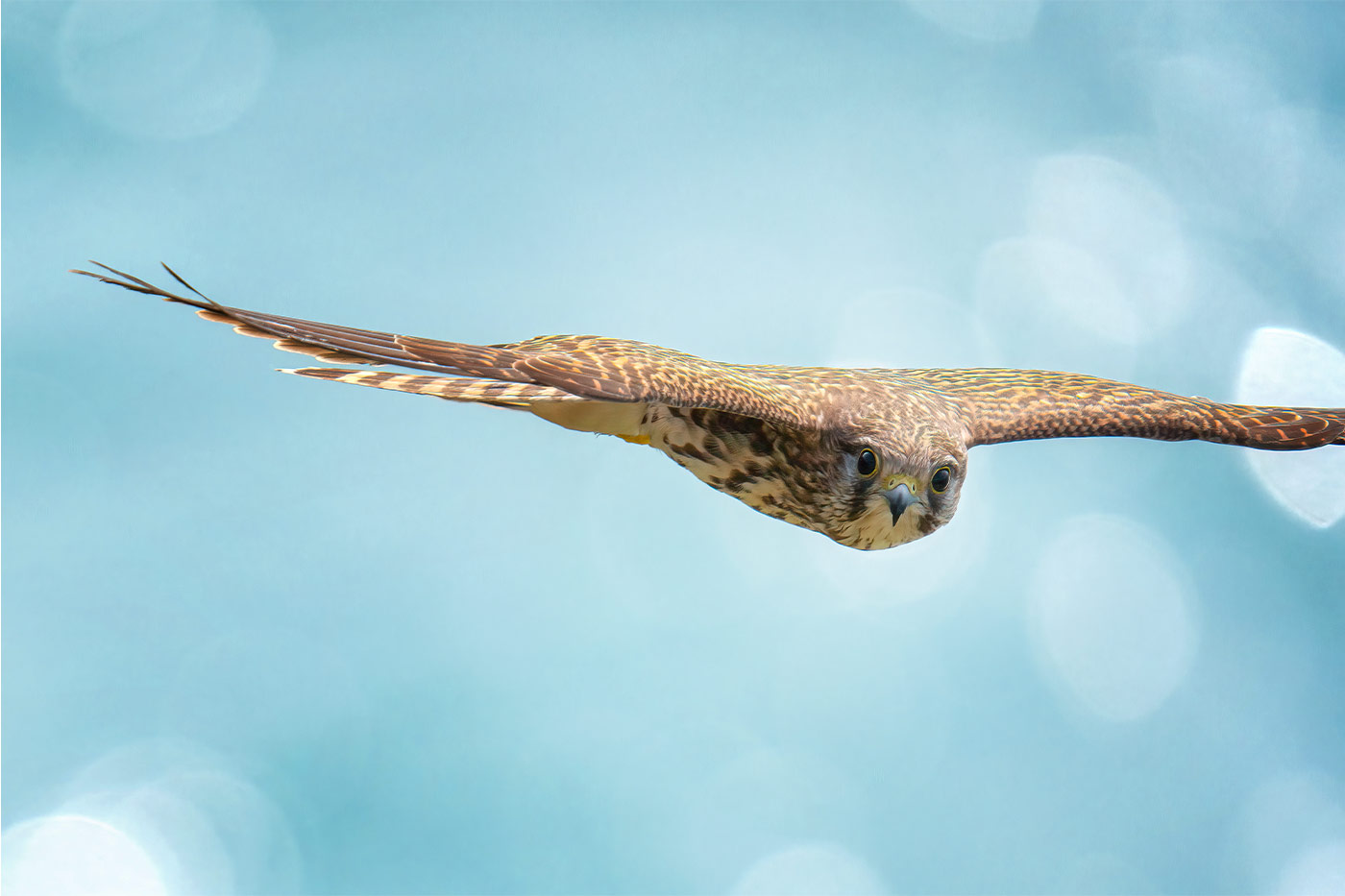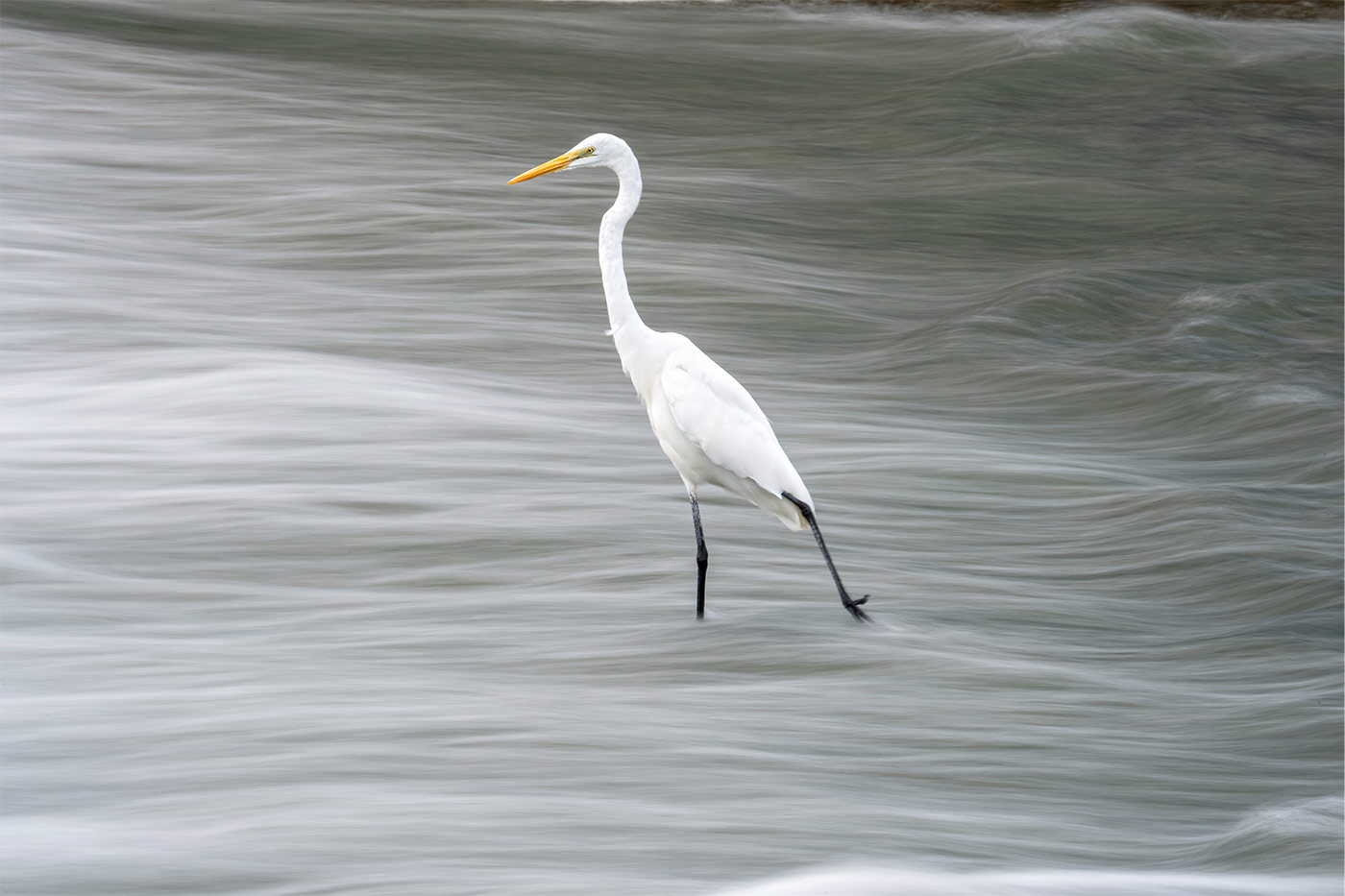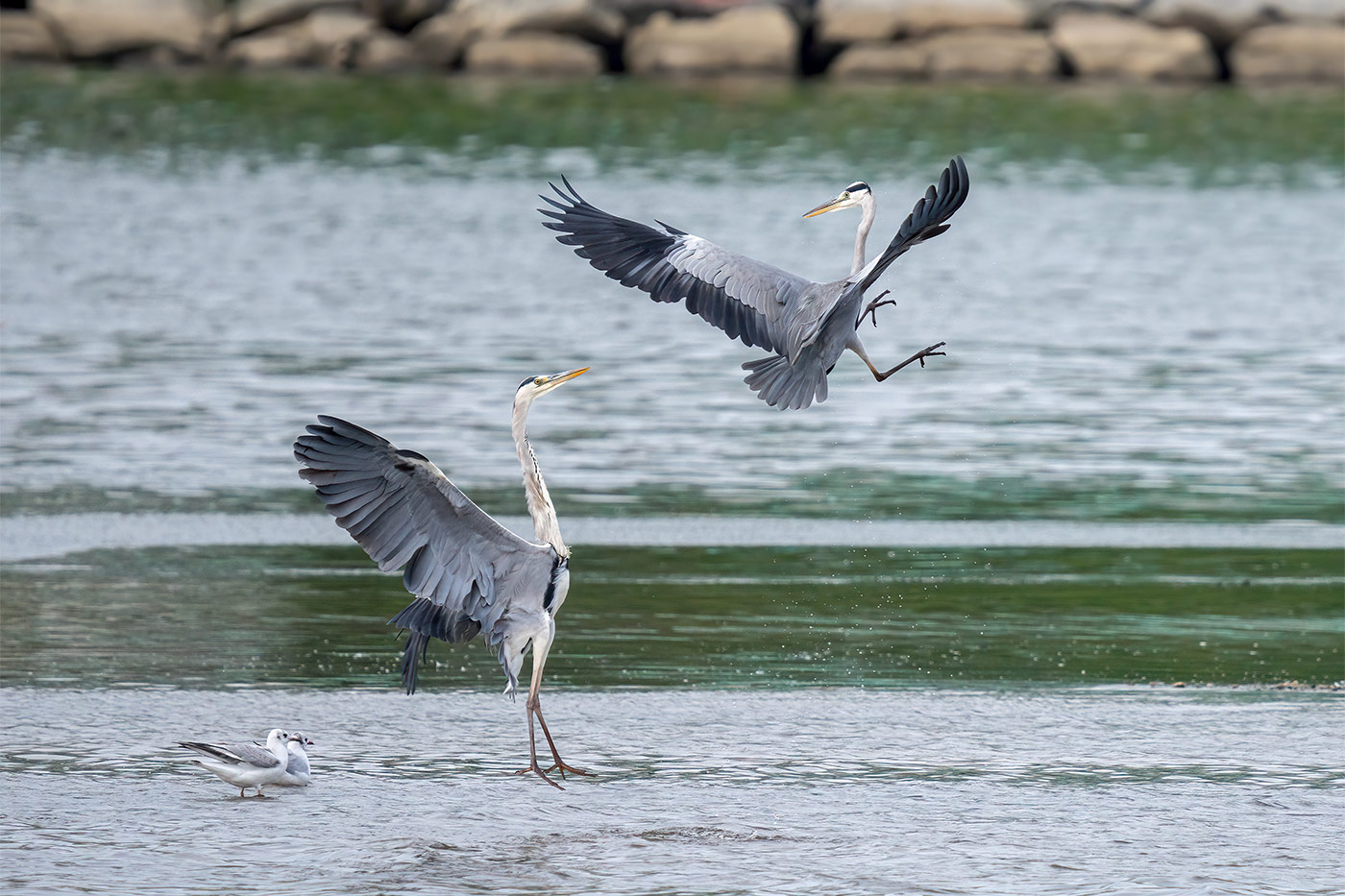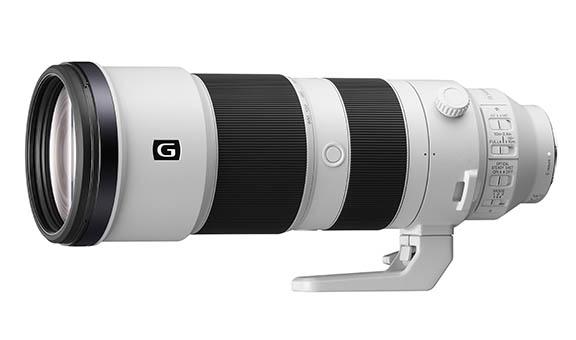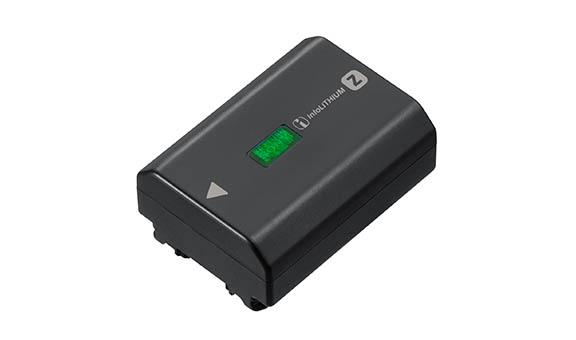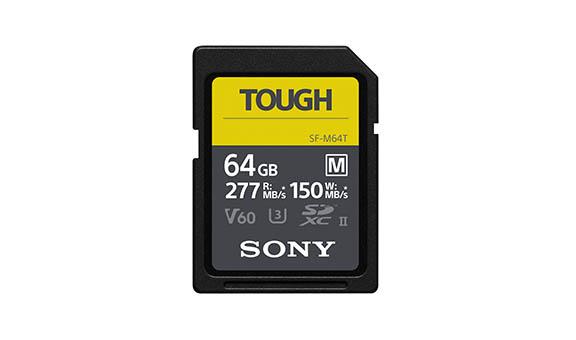FE 200-600mm F5.6-6.3 G OSS | Shoot birds in movement | Review by Cho JungRae
JungRae's fascination with birds started over 10 years ago, when a chance encounter with a group of egrets led him to discover the joy of photographing these winged wonders. His equipment of choice includes the Sony Alpha 7C camera and FE 200-600mm F5.6-6.3 G OSS zoom lens.
Taking flight with bird photography
It all started a decade ago. As I was taking a photo of my family, a group of egrets flew past the window. Their beauty and grace captivated me as I snapped photos from my apartment window. Soon, I ventured into nature to capture more birds in flight – and was transfixed.
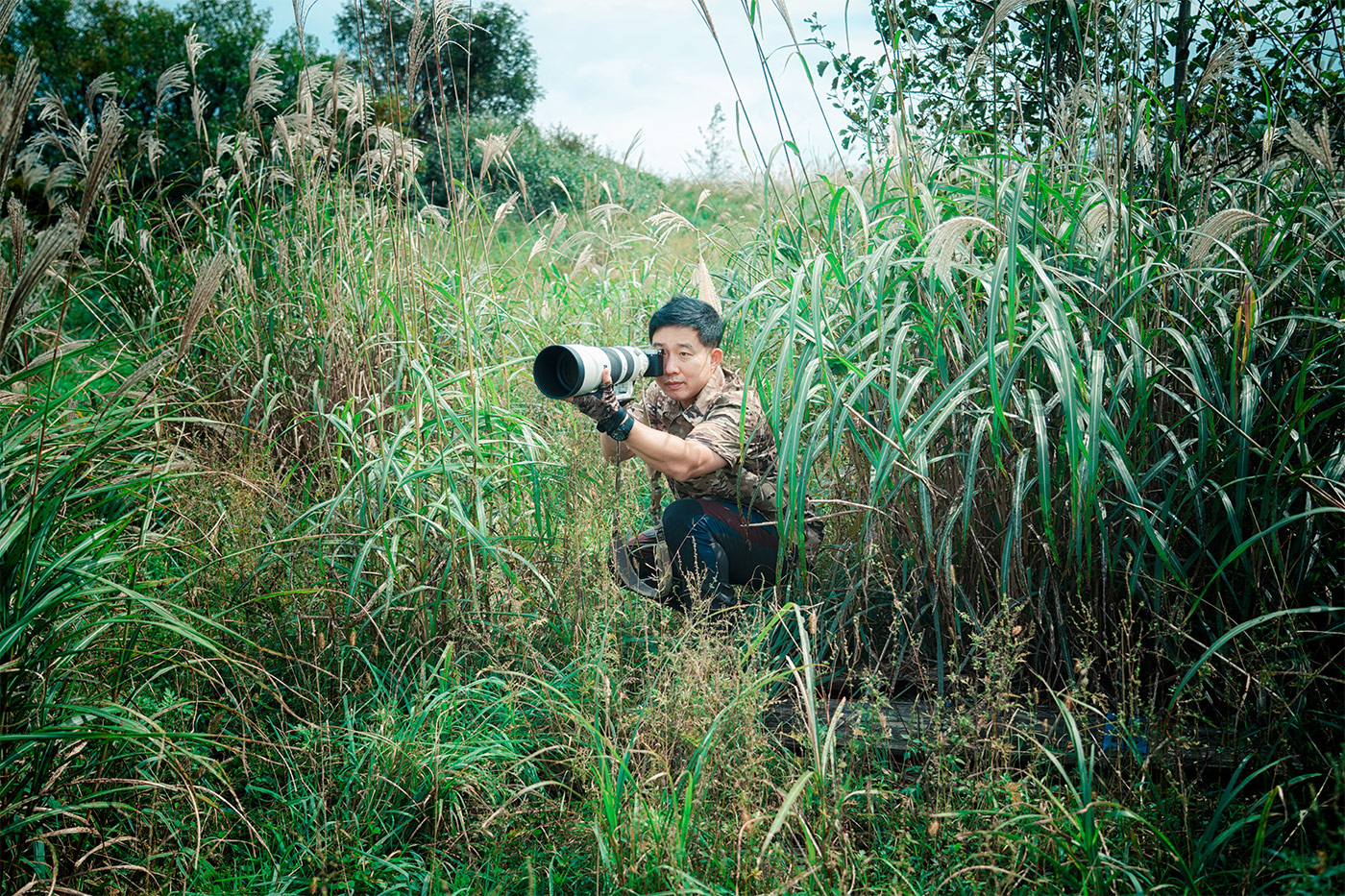
That's how I become a bird photographer. And the equipment I trust for the best photos is the pairing of my Sony Alpha 7C camera and FE 200-600mm F5.6-6.3 G OSS zoom lens.
The power of zoom
Essentially, there are two ways of shooting bird photos. The first involves filling most of your frame with your subject, and the second places a more balanced emphasis on both the bird and background.
Whether you're shooting the first or second type of photo, a super-telephoto zoom lens isn't a “nice to have”, it's an absolute necessity. Try shooting with a lens that has a short focal length, and you'll never get close enough to take your shot – your subjects will fly away well before you get in range. If other photographers were around, you would have messed up their shots too!
A super-telephoto lens lets you to shoot at a distance where birds feel safe and comfortable.
Why do I choose the FE 200-600mm F5.6-6.3 G OSS? Because its autofocus, drive performance and resolution are essential for bird photography – and that's where the pairing of the Alpha 7C and camera and FE 200-600mm F5.6-6.3 G OSS zoom lens excel. This combination isn't just powerful, it's also fast – allowing me to capture scenes like a bird descending toward the ground as it hones in on its prey!
Tips for beginner bird photographers
Bird photography is an art, and it's necessary to understand their ecology before getting started – or your early attempts may end in disappointment. It may even be helpful to shoot alongside an experienced bird photographer, so you can get some advice and pick up skills more quickly.
These are the tips I commonly share with people who ask me for advice:
A tripod is optional
Beginners may believe that a tripod is essential for bird photography – not so when you're getting started. Your equipment is already likely to be heavy, and it can be challenging to carry additional items around.
My recommendation is to stay physically fit, so you'll have the flexibility to shoot with a tripod when needed (usually when a bird is in flight, and you need it to avoid vertical camera shake).
But also remember that you'll be spending lots of time shooting handheld as well – so just get started with what you have, and what your currently physical abilities allow you to do comfortably first. You can add the rest later.
Preferred camera settings
These are my recommended camera and lens settings for bird photography:
- Shooting mode: Manual
- Shutter speed: 1/2000 or higher
- Aperture: Maximum
- ISO speed: Automatic
- Autofocus: AF-C
- Focal range: Zone
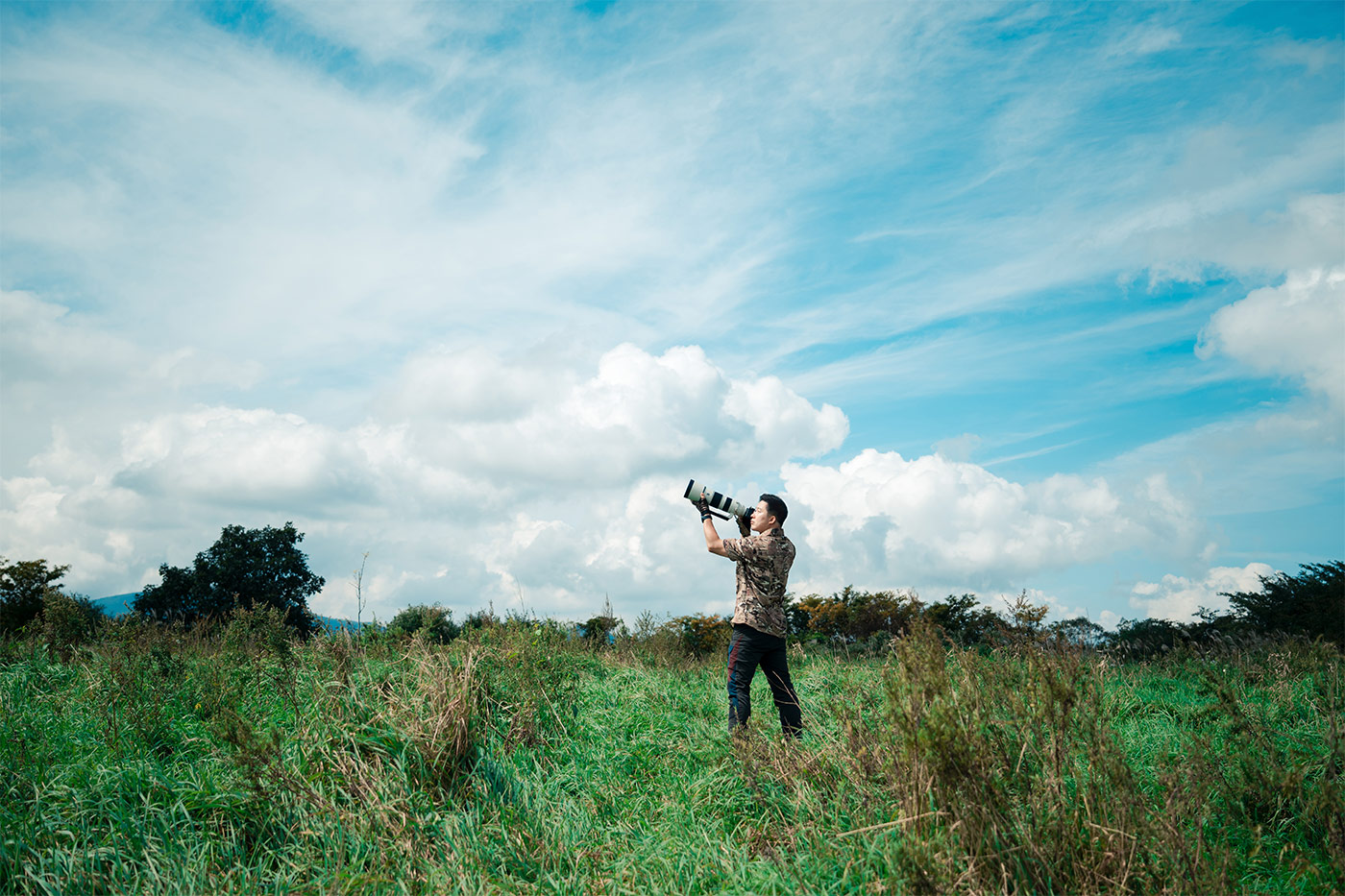
Tracking your subjects
While the Alpha 7C's real-time tracking function is very effective, you may occasionally miss small birds if you rely on it 100% of the time – so keep your eyes open and mind alert!
Training your focus
When shooting in AF-C, the AF-ON button and the focus hold button are very useful. Because the focus hold button is operated with your left hand, you can operate the camera's other functions with your right hand – which also helps to prevent accidental presses of the shutter button.
Stabilisation with OSS MODE 3
When you are shooting moving birds, the OSS MODE 3 image stabilisation mode can be very helpful. This setting is ideal for subjects with irregular movements, like birds, wild animals and athletes.
Location, location, location
In bird photography, location selection is a priority. Remember that while birds are migratory creatures, they also live regular lives – travelling in search for food and resting at fixed times. Once you understand their habits, you can set up at the ideal shooting location in advance, then frame and capture shots of these beautiful creatures in their natural habitats.
Some of my favourite shots
Bar-tailed godwit
Bar-tailed godwits travel about 12,000 kilometres from Alaska to New Zealand during the fall season, and I had to fortune of meeting one along the east coast.
To capture this magnificent bird in flight – without any camera shakes – I switched to manual shooting mode, set the aperture to the maximum value provided by the FE 200-600mm F5.6-6.3 G OSS zoom lens, and put the shutter speed to 1/2000. The ISO speed was set to "automatic", adjusting itself based on the shutter speed and aperture used.
Hawk
Normally, it's not easy to find hawks – much less snap them with your camera – as they're fast and elusive. On this day though, I was very lucky to spot this hawk on a cliff by the sea.
Taking advantage of this unique opportunity, I set my Alpha 7C to manual mode and the aperture to the maximum value of F5.6. The shutter speed was set to 1/2500 (catering to the bird's fast movement) and the ISO speed was 320.
Because the cliff was spread out in the background, I set the focus sensitivity to 3 and shot with the AF-C "Zone" mode. For image stabilisation, I used OSS MODE 3, which allowed me to shoot without camera shake and blurring – even when the hawk was soaring through the sky with astounding speed!
Egret
When photographing birds, dynamic scenes are a rarity as birds seldom move when they're resting. Here, I managed to capture a picture of an egret that was staying still after feeding. I really like the unique feel of this photo – with the flowing water imposes a distinctive atmosphere to this shot.
These were the settings I used. The shutter speed was set to 1/2 second (which is slower than my usual settings), the aperture was F32, and the ISO speed was put to 50. I mounted the Alpha 7C on a tripod with a gimbal head and set image stabilisation to OSS MODE 1, which provided excellent shake correction and ensured this shot turn out clear and detailed.
Bird photography develops patience, and an appreciation for nature
When it comes to bird photography, you have to respect nature and how things work in the natural environment – you can't rush things or expect birds to follow your schedule. Because they won't.
Instead, you need to develop a deep appreciation of the ecology of the birds you want to photograph. You must learn their habits and patterns, and have the patience to wait for them to arrive – or take flight.
The amount of time you need to invest, just to take one beautiful photo, may not be measured in hours or even days – my favourite osprey and hawk photos, for example, came after years of dedicating myself to this craft.
But every photo, has been worth every moment.

